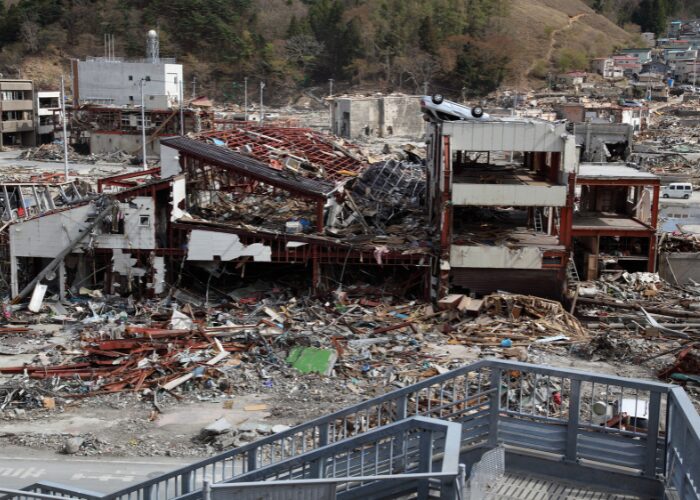
Japan is particularly prone to earthquakes due to its location on the Pacific Ring of Fire and its geological setting. Here are the main reasons:
- Tectonic Plate Boundaries: Japan is situated at the convergence of four major tectonic plates: the Pacific Plate, the Philippine Sea Plate, the Eurasian Plate, and the North American Plate. The interactions between these plates, such as subduction, collision, and sliding past each other, generate significant seismic activity.
- Subduction Zones: Several subduction zones surround Japan, where one tectonic plate is being forced under another. The Pacific Plate is subducting beneath the North American Plate along the Japan Trench, and the Philippine Sea Plate is subducting beneath the Eurasian Plate along the Nankai Trough. These subduction processes are a major source of earthquakes.
- Volcanic Activity: The Pacific Ring of Fire is known for its high level of volcanic and seismic activity. As part of this region, Japan experiences frequent earthquakes and volcanic eruptions due to the movement of molten rock and magma beneath the Earth’s surface.
- Crustal Deformation: The movement of tectonic plates causes significant deformation of the Earth’s crust in Japan. This deformation can lead to the build-up of stress and strain, which is eventually released as earthquakes.
- Historical Frequency: Japan has a long history of seismic activity, with many earthquakes occurring over centuries. This history contributes to a higher likelihood of future seismic events as stress continues to accumulate along fault lines.
- Seismic Hotspots: Certain regions in Japan, such as the Kanto and Tohoku regions, are particularly prone to earthquakes due to their proximity to active fault lines and tectonic boundaries.
Japan’s extensive monitoring and preparedness systems help mitigate the impact of earthquakes, but the country’s geological setting ensures that it will continue to experience frequent seismic activity.
Leave a Reply